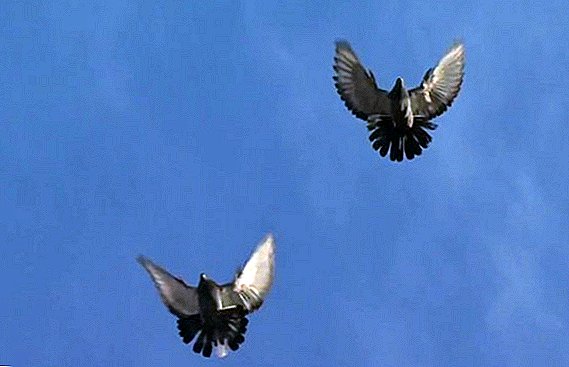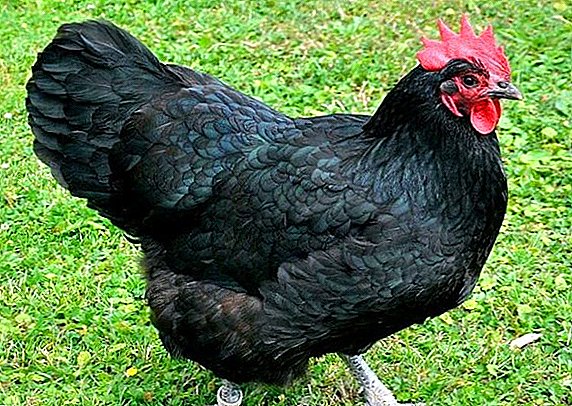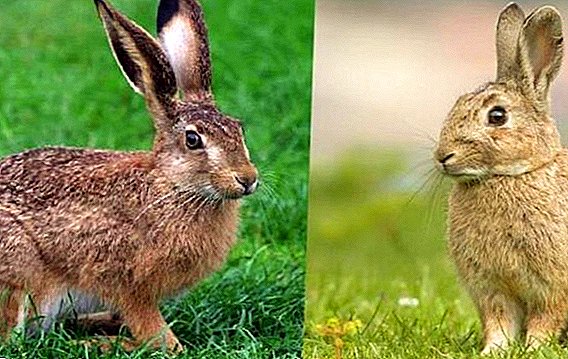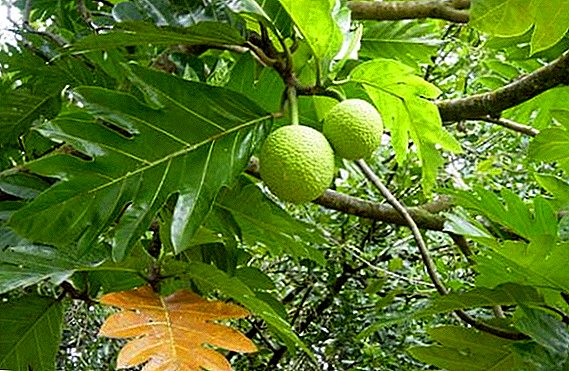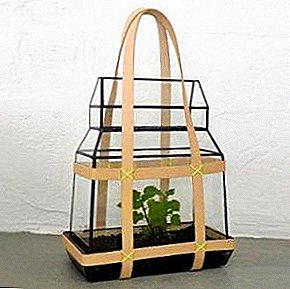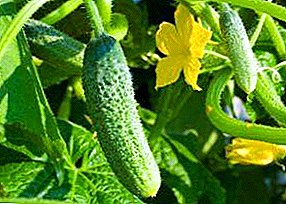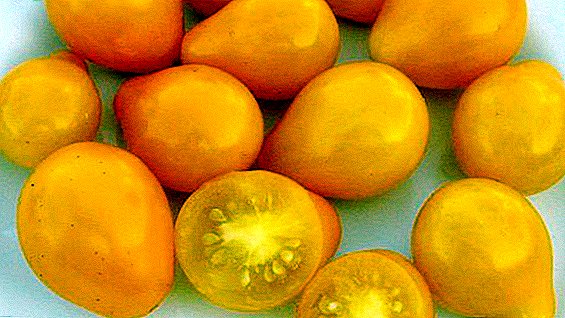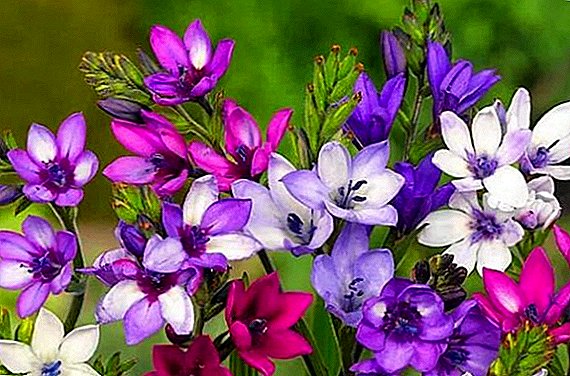 Babiana (lat. Iridáceae) - a luxurious bright flower with a strange name from the family of Iris. Turning to the history of the origin of the plant, it becomes clear why it is so called. The thing is that this interesting flower comes from Africa, and the local inhabitants - baboons love it very much, but how this wild iris turned out to be in our area and how to properly care for it - let's look at this article.
Babiana (lat. Iridáceae) - a luxurious bright flower with a strange name from the family of Iris. Turning to the history of the origin of the plant, it becomes clear why it is so called. The thing is that this interesting flower comes from Africa, and the local inhabitants - baboons love it very much, but how this wild iris turned out to be in our area and how to properly care for it - let's look at this article.
Botanical description
The favorite flower of baboons grows in South Africa and is represented by a bulbous perennial plant. The average length of the stem (or stems) in Babian is 15-25 cm, and all of them are decorated with flowers, very similar to gladioli.
The color of flowering is usually white, blue, purple or even several shades, depending on the type. Inflorescences have a pleasant light fragrance, which favorably emphasizes their beautiful appearance. A large number of seeds is stored in a round fruit carrier. Flowering babiany lasts for a month. 
Kinds
Babiana is divided into several species, which are quite different from each other.
Did you know? Monarchs of Europe greatly revered the flowers of the Iris family and were often depicted on their emblems.
The color and aroma of flowers depends on the type of Iridáceae:
- Folded babian - A low plant with a 20-centimeter stem with white or purple flowers of medium size and peak shape. This species blooms in the spring and has a delicate carnation aroma.
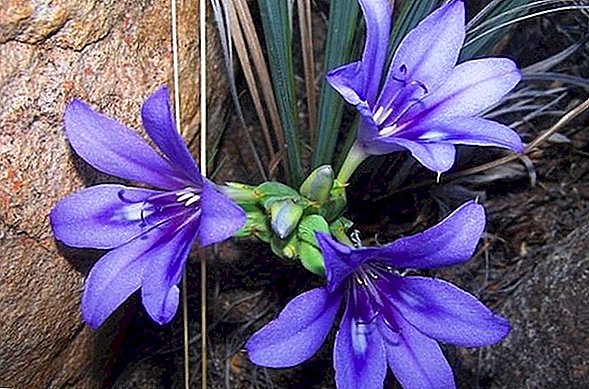
- Blue and red babiana - a rare species of Iridáceae with flowers of blue color (toward the end of flowering they acquire a bright red tint). The leaves are covered with small villi and have distinct veins.

Did you know? Based on the chemical composition of the bulbs of plants of the Iris family, it is safe to say that they are useful for the human body. For example, infusions of them will help in the normalization of blood sugar levels.
- Straight babian - the most common species, which is represented by a short-growing plant with a stem of 25 centimeters. The bloom is usually white or pink with small patches.
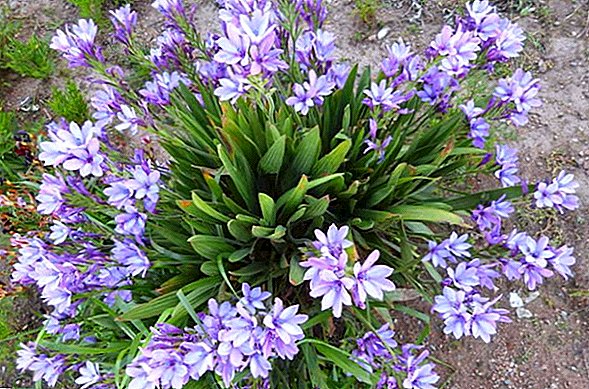
Breeding
Propagating this perennial plants is quite simple. For these purposes, the bulbs are used, but you can resort to the method of propagation by seed. You can choose any, but it is important to remember that each of them has its own characteristics and secrets.
Bulbs
Propagation by bulbs, or as it is popularly called "children", is universal and relatively easy. The favorite flower of African baboons, can not tolerate the winter in our latitudes, so before the arrival of the cold it must be transferred to the house, otherwise the plant will die.
Garden flowers such as snowdrop, autumn crocus, gladiolus, lily, daffodil, tulip, ixia, candyk, allium, hionodoksa and dahlia also propagate with bulbs.If you decide to buy flower bulbs in the store - fine, this is the easiest. However, if you want to plant yourself an onion from an already germinated flower, you first need to properly prepare:
- After the end of flowering (in the beginning of autumn), the flower tubers need to be dug up and transferred to the house (preferably in a cool dark place) and wait until autumn to plant them again.
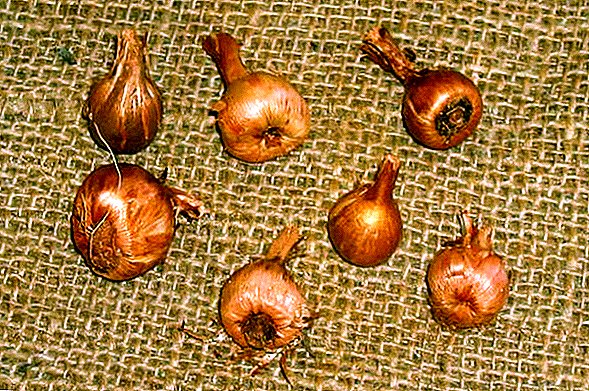
- It is possible to plant a colorful flower not earlier than spring, and the earth should warm up a little, therefore the end of March is considered the best time. (at temperatures above + 20 ° C). It is important to remember that if you guess exactly with the landing time, the Babian will immediately begin to grow actively.
- Location Location on the site depends on the type of plant. Since this type of Iridáceae hails from a southern country, the flower loves warmth and sun, and is terrified of wind and cold.
- The soil. In matters of the ground, everything is the same as with the place on the site. Southern flower - drainage soil, capable of keeping moisture well. If the soil on the site is too dense - you can put peat or some sand on the bottom of the hole.
- Distance and depth of landing. All plants love space, and the "delicacy of baboons" is no exception. Iridáceae should be planted to a depth of 5-7 cm at a distance of 8-12 cm from each other.
- The landing process. So, when all the details of the landing, we know, it's time to decide exactly how to plant the bulbs in the prepared soil.
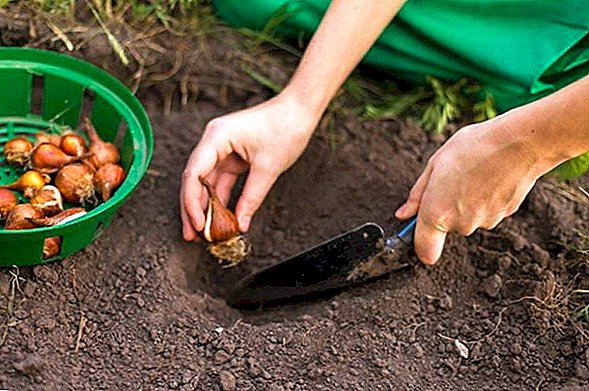 The best time for this process will be a nice warm sunny day. It is necessary to dig the holes, place the "children" in them at the required distance from each other and cover them with earth. After a few minutes you should water the seedlings and wait for their active growth.
The best time for this process will be a nice warm sunny day. It is necessary to dig the holes, place the "children" in them at the required distance from each other and cover them with earth. After a few minutes you should water the seedlings and wait for their active growth.
Important! If all parts of the plot are in a draft or not sufficiently illuminated, then it is better to grow Babian at home, otherwise the plant will simply not survive.
Seeds
This method is much more complicated, and very rarely used, because the plant begins to bloom no earlier than three years. Patient gardeners sometimes make such sacrifices, especially considering that the result is worth it.
Planting seeds begins with the purchase or collection of planting material. After that, it is necessary to put the selected specimens in a wet gauze, put in a container and leave in a cool place for a month.  After that, the seeds are planted in medium pots, and wait until the plant germinates. After sprouting, seedlings are moved to a more illuminated place and watered regularly. When the plant is strong (approximately until the beginning of May), the seedlings are transplanted into the prepared soil.
After that, the seeds are planted in medium pots, and wait until the plant germinates. After sprouting, seedlings are moved to a more illuminated place and watered regularly. When the plant is strong (approximately until the beginning of May), the seedlings are transplanted into the prepared soil.
Plant Care
Iridáceae is a relatively unpretentious flower, and a correctly chosen place will alleviate unnecessary worries. However, it is important to know which regime loves Babian and how to properly care for her.
Watering
The flower loves moisture, however, you cannot overdo it. The plant must always have a moist soil, especially in the summer heat.
Familiarize yourself with the advantages of using drip irrigation, as well as learn how to organize a system of drip irrigation at the dacha.
Humidity
In addition to watering, every summer day it is highly desirable to spray a flower from a spray bottle, thereby maintaining sufficient moisture for it. 
Top dressing
This plant does not require special feeding, but during the flowering period it needs to be given special attention. Once every seven days, it is necessary to fertilize it with potassium and phosphorus, and once every 14 days - to introduce organic matter into the soil.
Pruning
To enhance the decorative qualities after flowering, faded stems must be pruned.
Storage of bulbs in the winter
There are certain rules that must be followed for the possibility of replanting the plant next year:
- After pruning the dried stalk, the bulb itself must be carefully dug (in no case can you touch it with a shovel).
- Onions need to dry thoroughly, and leave the children on them until spring.
- The material should be stored in a cool (temperature from +8 to + 12 ° C), dark place. You can roll up in paper bags, or put in a container with peat.

We recommend that you read about how to store tulip and gladiolus bulbs before planting.
Difficulty growing
Basically, there are no problems with this type of irises, however, if an error was made in choosing the time or place of landing, such situations are possible:
- The first problem that gardeners may face is the lack of growth after disembarkation. The main reason is insufficiently heated soil or low air temperature. To overcome this situation, it is necessary to postpone the landing for several weeks.
- The second problem may be yellowed leaves. This is usually due to solar activity. In this case, the flower you need to organize a shadow, and the next year to choose another place for disembarkation.
Important! It is possible to plant both a mother bulb and babies in the spring, carefully separating them from the main part of the vegetative organ.

Perennials such as adonis, sanguinaria, salpiglossis, argirantemum, army, aconite, celosia, scabiosa, kampanula garden and alissum also perfectly decorate your garden.
Diseases and pests
Despite the southern origin of the Babian flower, domestic pests can still harm the plant.
Most often he is attacked:
- Aphid - dangerous microorganisms that suck the juice from the southern guest. Not to notice the insect is very difficult, because the leaves become dehydrated, and black spots appear on the opposite side of the leaf plate (they can grow very quickly) and spiderwebs. To treat a flower, it is necessary to treat the leaves with onion or garlic solution.
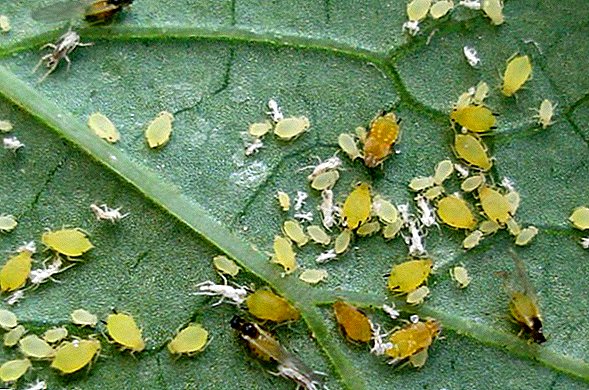
- Root Tick. Almost transparent parasite, depleting the bulb and root of the plant. If this part is damaged, then it can no longer be used for cultivation. The cause of this problem is excessive soil moisture.
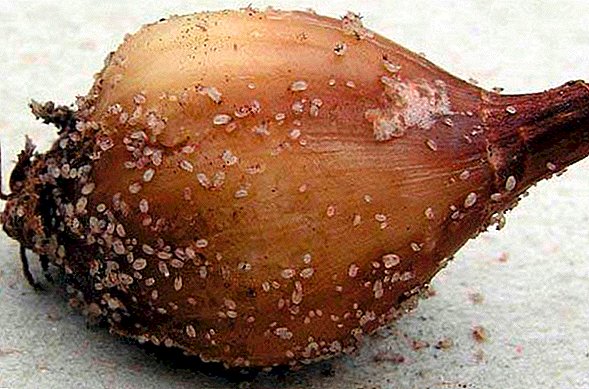
- Thrips - sucks the juice from the plant and it quickly turns yellow and fades. To protect the flower you need to treat it with a solution of "Decis".

Important! The best way to control pests is to prevent their appearance.
So, we have learned all the secrets of a beautiful flower with African roots called "babiana". This representative of the Iris family will be a great addition to any garden design, and its scent will be beneficial to complement any floral arrangement.






 The best time for this process will be a nice warm sunny day. It is necessary to dig the holes, place the "children" in them at the required distance from each other and cover them with earth. After a few minutes you should water the seedlings and wait for their active growth.
The best time for this process will be a nice warm sunny day. It is necessary to dig the holes, place the "children" in them at the required distance from each other and cover them with earth. After a few minutes you should water the seedlings and wait for their active growth.


